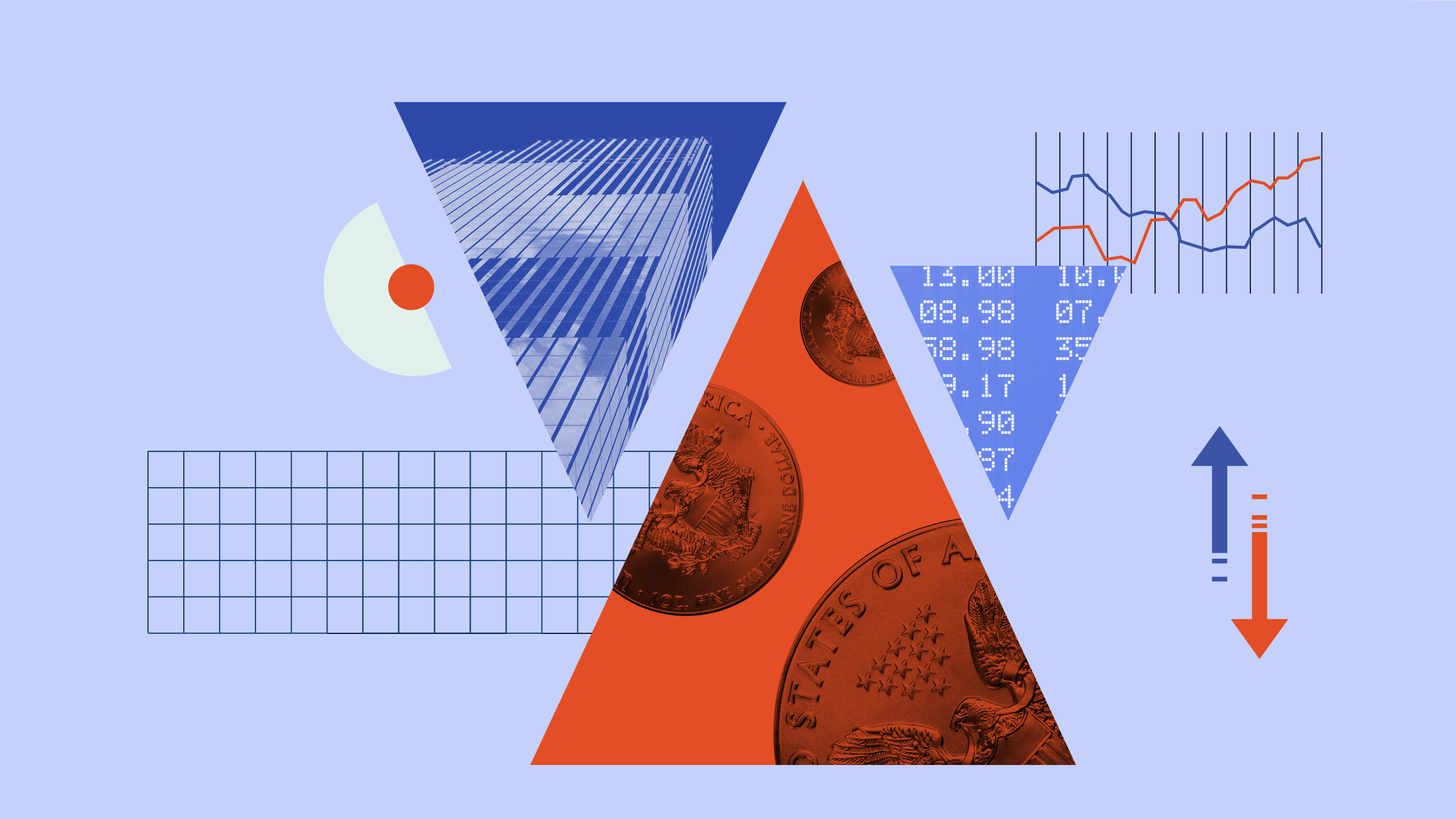Rising costs to contain BP's Gulf of Mexico oil spill, and uncertainty over future clean-up costs and liabilities associated with it, have led to some questions on whether BP can support and/or grow its dividend. When we look purely at its existing financial position and our forecast for future cash flows, BP appears to have sufficient cash and funding capacity to meet financial needs and pay its current annual dividend of about $10.5 billion per year. However, rising political concerns in Washington DC add another layer of uncertainty onto future liabilities. As uncertainty over potentially large regulatory and legal liabilities will likely take years to resolve, BP could choose to refrain from growing its dividend during this period.
Under most scenarios and assumptions, we believe BP has sufficient cash generation and funding options to meet financial needs, including our estimates of near-term oil spill recovery costs, planned investments, and the dividend. We estimate operating cash flow to exceed $30 billion in each year, which could cover $20 billion in capital expenditures and $10.5 billion in dividend payments. With a first-quarter-end cash balance of $6.8 billion, BP can fill immediate cash needs for its 65% share of oil spill recovery costs. Oil spill recovery costs have quickly reached $725 million, which includes costs for spill response, containment, relief well drilling, settlements, federal costs, and $170 million of grants to Gulf Coast states and industry. Costs could rise from the current estimated rate of $22 million per day, and extend for at least 60-90 days to complete relief wells, bringing near-term oil recovery costs to $2-$3 billion. The ultimate cost of shoreline clean-up activities, lawsuits, and regulatory liabilities is difficult to estimate but unlikely to accrue in a single year, providing an opportunity for BP to meet future claims on cash with future cash flows. In addition to operating cash, BP can borrow another $13 billion under current credit facilities before exceeding its self-imposed limit of a 30% net debt ratio (net debt/net debt & equity).
BP remains supportive of its dividend, and continues to indicate its willingness to even incur debt to cover the dividend. Managers in the past have indicated that the dividend ranks high among its calls on cash. After paying for maintenance capital expenditures, BP would likely use cash to pay the dividend before allocating cash for new upstream projects. The firm would then allocate remaining cash to downstream facility upgrades and alternative energy investments before considering debt reduction and share repurchase.
Morningstar recently raised its uncertainty rating on BP. Read why in our full research report here.
Catharina Milostan is an equity analyst with Morningstar.

























